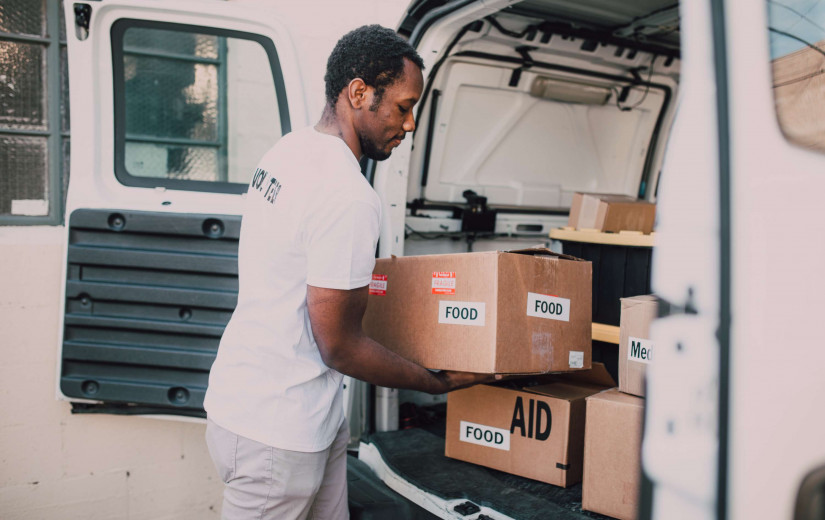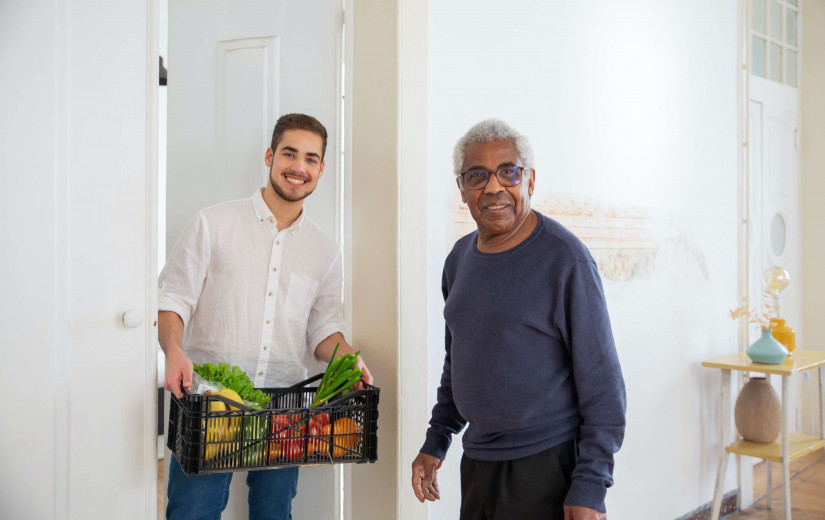Good News for SNAP Recipients; States Extend Benefits
During the height of the COVID pandemic, America spent more money on the federal level than it has at any other point in its history. This was a bipartisan spending spree too; it wasn't a Republican or Democrat thing. Both parties were keen on spending this money, in order to keep millions of Americans from falling to financial ruin. In terms of food stamps, known now as the Supplemental Nutrition Assistance Program (SNAP), every single individual and family on this program was given a monthly boost of at least $95, with most families getting a few hundred more. Although the worst of the pandemic seems to be behind Americans now, millions are dealing with record inflation, record food prices, employment shortages, and much more. This has led to more suffering now, in 2022, than was experienced by poor families during the height of COVID.
At least during the COVID months, food prices were falling and food items were in abundance. It was things like toilet paper and hand sanitizer that were hard to find and more expensive. Flour, meats, bread, eggs, milk and other essentials were plentiful and cheap. This has changed now. Not only are these items hard to find but they are more expensive than ever. A dozen states have decided to extend the SNAP bonus through at least the end of October.
This is called an emergency allotment, and it's the same thing that allowed families to receive a minimum of $95 extra due to the virus pandemic. This is allowed to continue now, on a month to month basis, but states have to sign off on it and request help from the federal government. Like unemployment benefits, SNAP benefits are a state-specific program operated by the federal government, unless the government decides to hand out federal-based benefits as an addition. This means that it's up to individual states to keep requesting this emergency allotment.
After some states asked the federal government for more funding to continue the emergency allotment, permission was given to: Alabama, DC (District of Columbia), Louisiana, Maine, New Jersey, New Mexico, Oregon, Rhode Island, South Carolina, Virginia, Washington state, West Virginia and Wisconsin. For residents of these states, buying groceries will be a little easier, at least through October. No news is available as to whether these benefits will continue through November and later.
SNAP is Helping Less and Less
The real issue isn't how much monetary value a SNAP card (EBT card) has on it every month. The issue is that food prices are at record highs and continue to rise. This is taking too big of a toll on poor families in states that are already poorer than average. It's too much already for these people to afford gas to drive to work; now they're being asked to pay $200 for under $100 worth of food, relative to just two years ago. The reasoning behind any government assistance program is that they're supposed to be temporary, allowing poor people and families to get the breathing room necessary and save and climb so that they can make it on their own. Though when the cost of living is at an all-time high, while wages stagnate, this is something that's seeming more and more like an impossibility in America. SNAP benefits simply are not helping like they used to. An extra $100 per month seems great, but this breaks down to $25 a week, for a grocery trip that's likely going to be over $80 more expensive than just a few years ago for the same items.
What makes this an even scarier issue is that poor families cannot afford good, healthy items. They're not buying organic, free-range eggs that cost $9 and more a carton now. They're buying factory-farmed commercial eggs with steroids and growth hormones. They cannot afford grass-fed organic beef. They're instead buying the factory garbage that ends up unhealthy. On and on this goes, and families end up eating food that's unhealthy, and then their problems get worse when they experience health issues. More money in SNAP doesn't fix this. What fixes this, according to many experts, is to get food prices under control finally.
There doesn't seem to be a light at the end of the tunnel as of yet, when it comes to getting prices under control. The American government is busy funding foreign wars and making sure that immigrants have pre-loaded debit cards and places to live. For actual taxpaying Americans, help is nowhere to be found. At least in a dozen states, however, your SNAP benefit increases will continue.

















